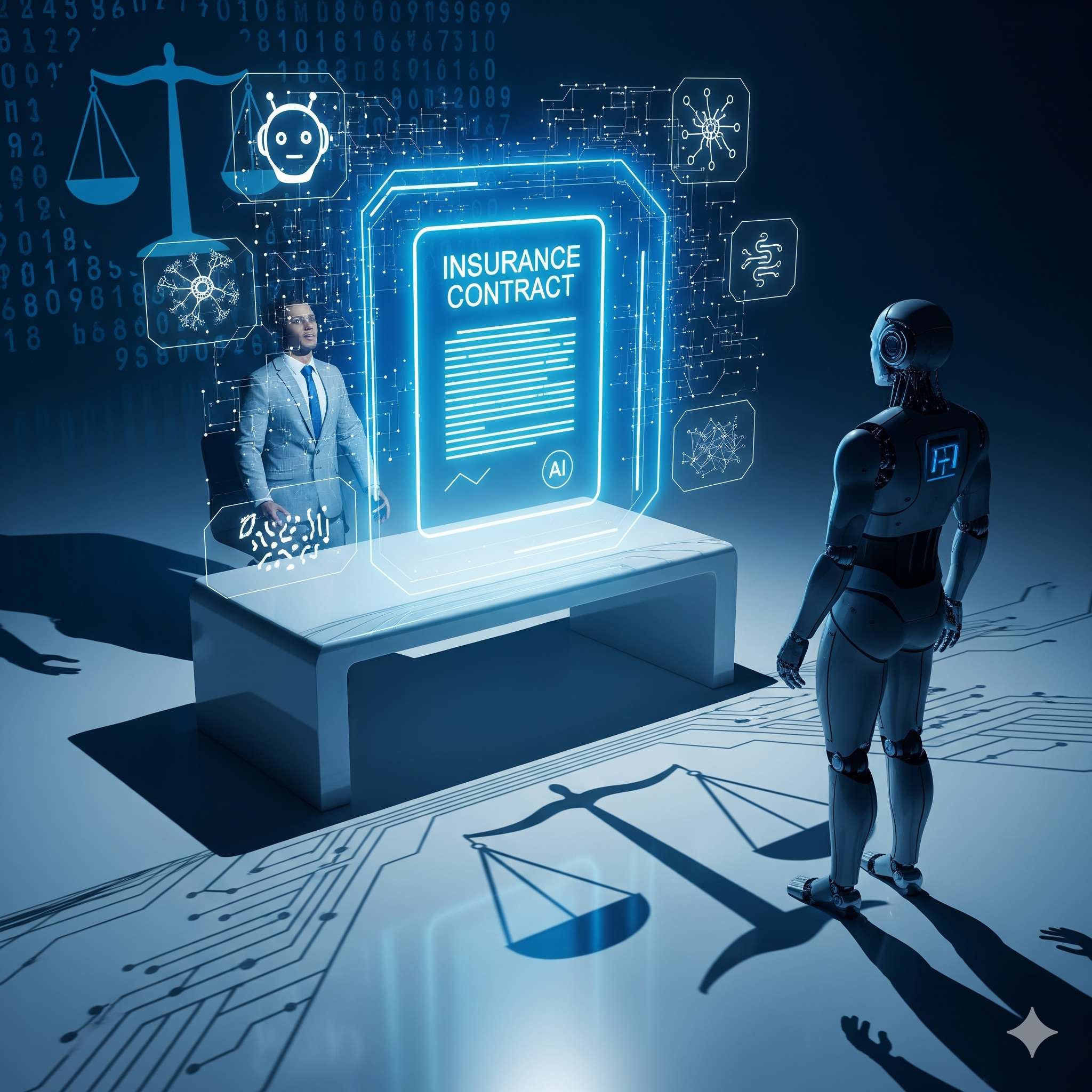
Why AI Compliance Theater Could Land You in Court
When AI tools check themselves for bias, safety, or compliance issues, it looks responsible. But courts may see it differently — especially when something goes wrong and your "AI oversight" becomes evidence of negligence.
Compliance theater in one minute
- Compliance theater — processes that look like oversight but don't actually prevent problems.
- AI tools that "self-audit" for bias, safety, or compliance often miss their own blind spots.
- Courts focus on reasonable care, not just whether you had a process in place.
Where overconfidence creates legal risk
- AI-only bias checks → hiring discrimination claims with "we had AI oversight" as weak defense.
- Automated safety assessments → product liability when AI misses critical flaws.
- Self-certified compliance → regulatory violations with documented "oversight" that failed.
Real-world scenarios
Scenario A: A company uses AI to screen job candidates and deploys another AI tool to check for bias. The bias-checker misses gender discrimination patterns. In litigation, the company's "AI oversight" becomes evidence they knew bias was a risk but chose inadequate controls.
Scenario B: A healthcare AI makes treatment recommendations and includes a "safety module" that flags potential errors. The safety module fails to catch a dangerous drug interaction. Plaintiffs argue the company was negligent for relying on AI to police itself.
Scenario C: A financial services firm uses AI for loan approvals with built-in "fairness monitoring." When regulators find discriminatory patterns, the firm's own monitoring logs become evidence of ongoing violations they failed to address.
Why courts may not buy "AI oversight"
- Negligence standard — courts ask whether a reasonable business would rely solely on AI self-checks.
- Industry practice — if competitors use human oversight, AI-only approaches may seem unreasonable.
- Foreseeability — documented AI limitations make failures more predictable → higher liability.
Precedents that matter
The Boeing 737 MAX case shows how self-certification can backfire. Boeing's internal safety assessments became evidence of inadequate oversight when crashes occurred. Similarly, AI hiring tools have faced successful discrimination lawsuits despite vendor claims of "bias detection."
Insurance: what's usually covered (and not)
- Professional liability may cover negligent AI implementation if you have appropriate coverage.
- Cyber policies typically exclude intentional acts — but negligent AI oversight might be covered.
- AI-specific exclusions are becoming common → learn more about AI insurance gaps.
Five questions to ask about AI oversight
- Would a reasonable business in our industry rely solely on AI self-checks?
- Do we have human review processes for high-risk AI decisions?
- Are we documenting AI limitations and failure modes?
- What would our AI oversight logs look like in litigation discovery?
- Does our liability insurance cover negligent AI implementation? See our 5 questions to ask your insurer.
No email required — direct download available.
Skip the compliance theater — get real protection
Start with our free 10-minute AI preflight check to identify your biggest blind spots, then upgrade to the complete AI Risk Playbook for litigation-tested frameworks that actually work.